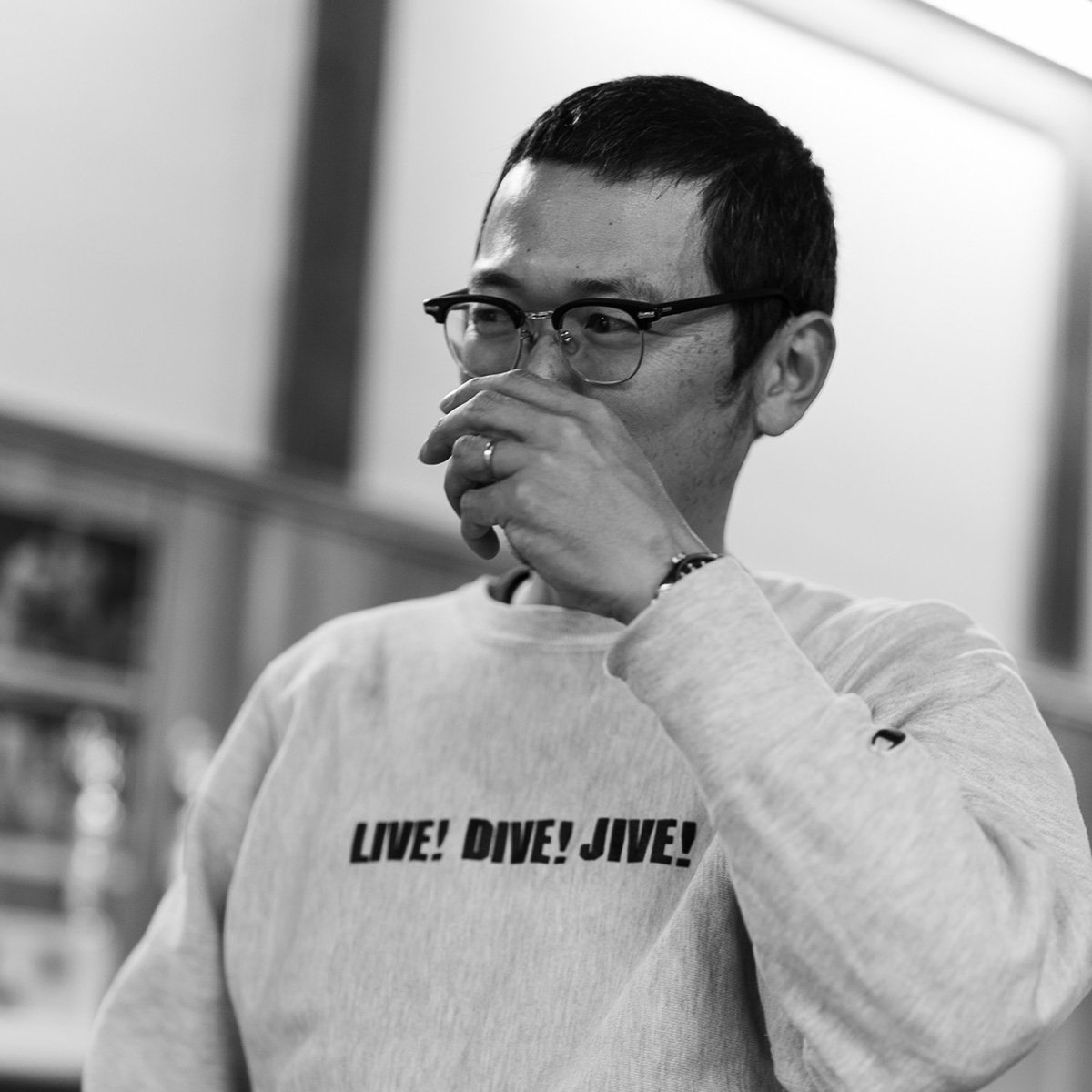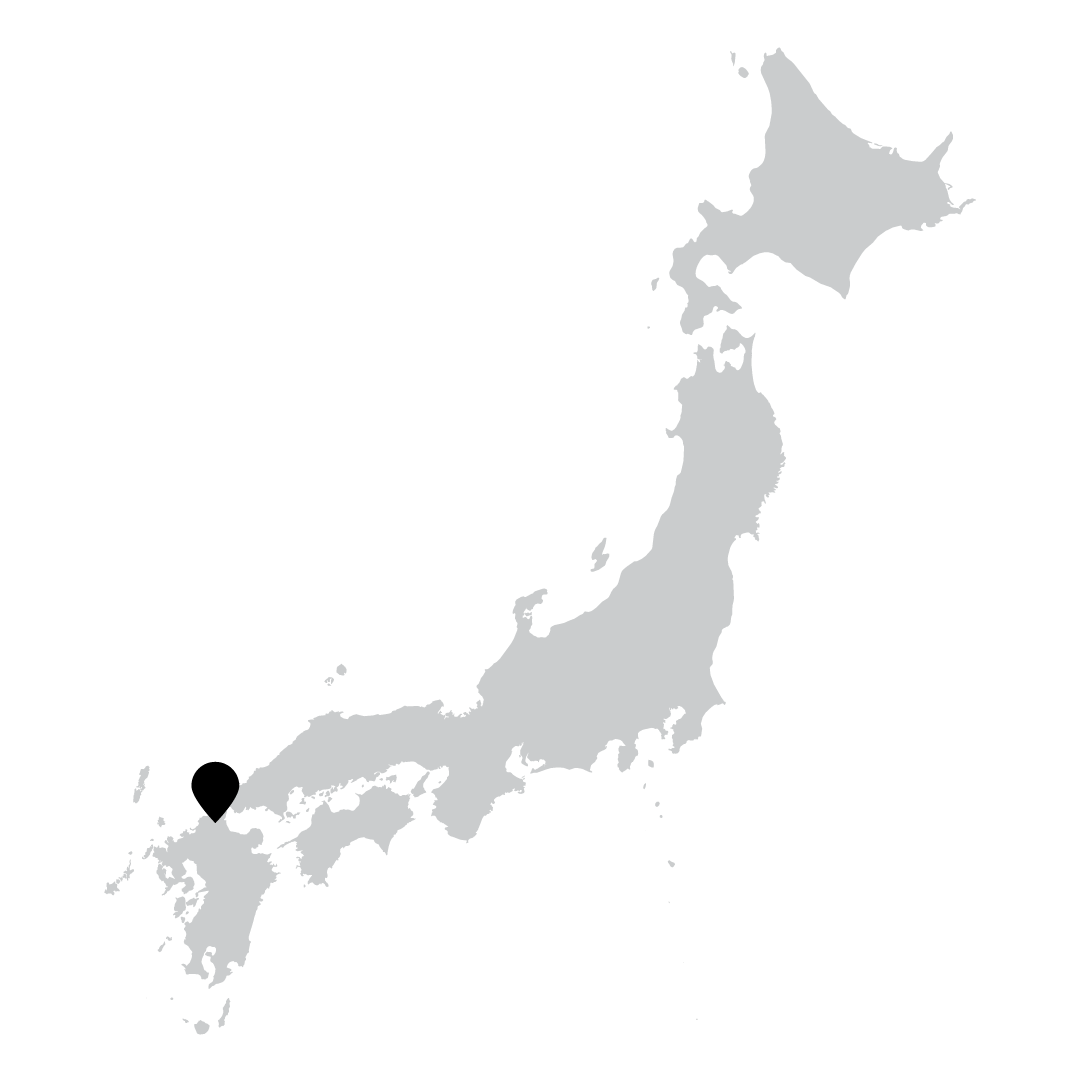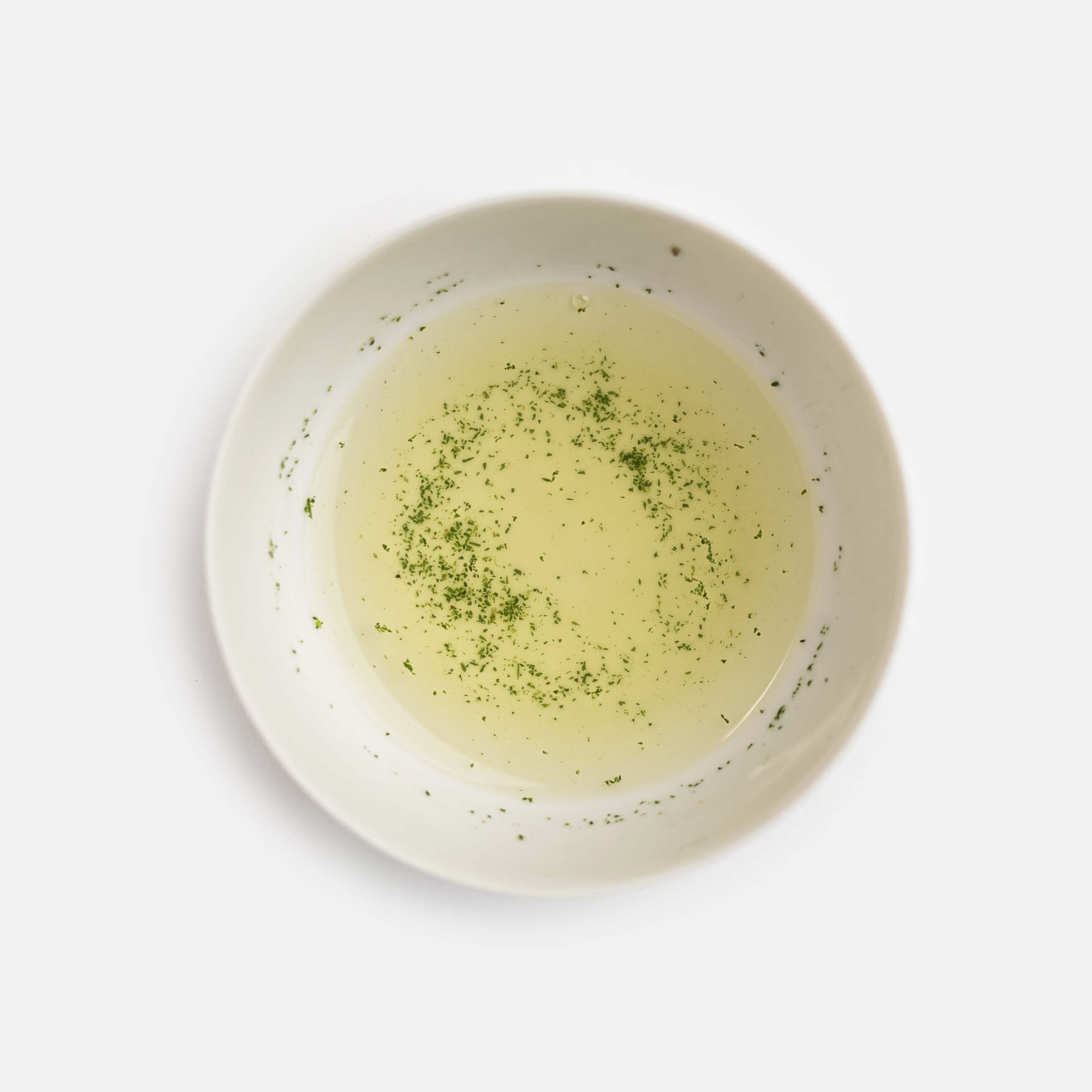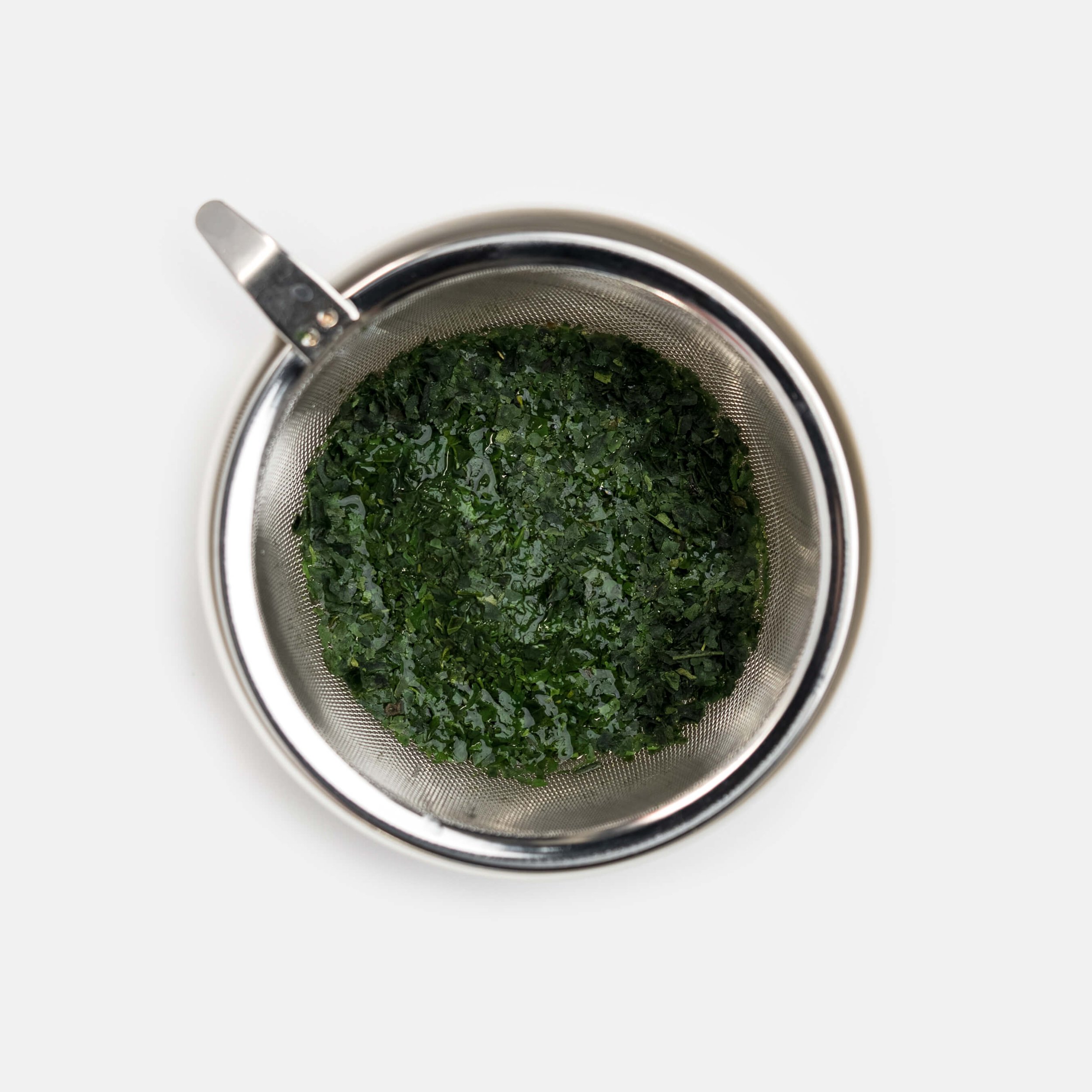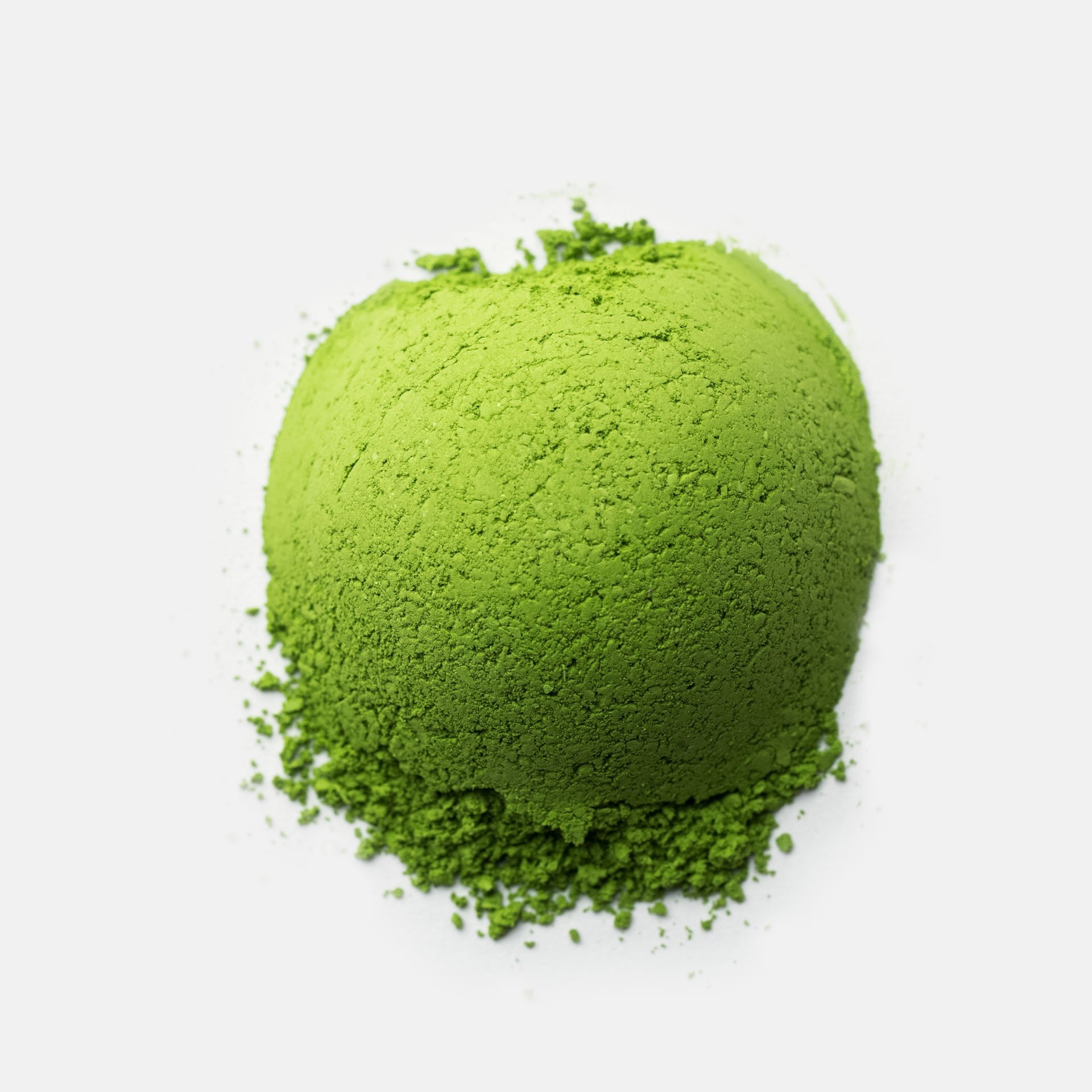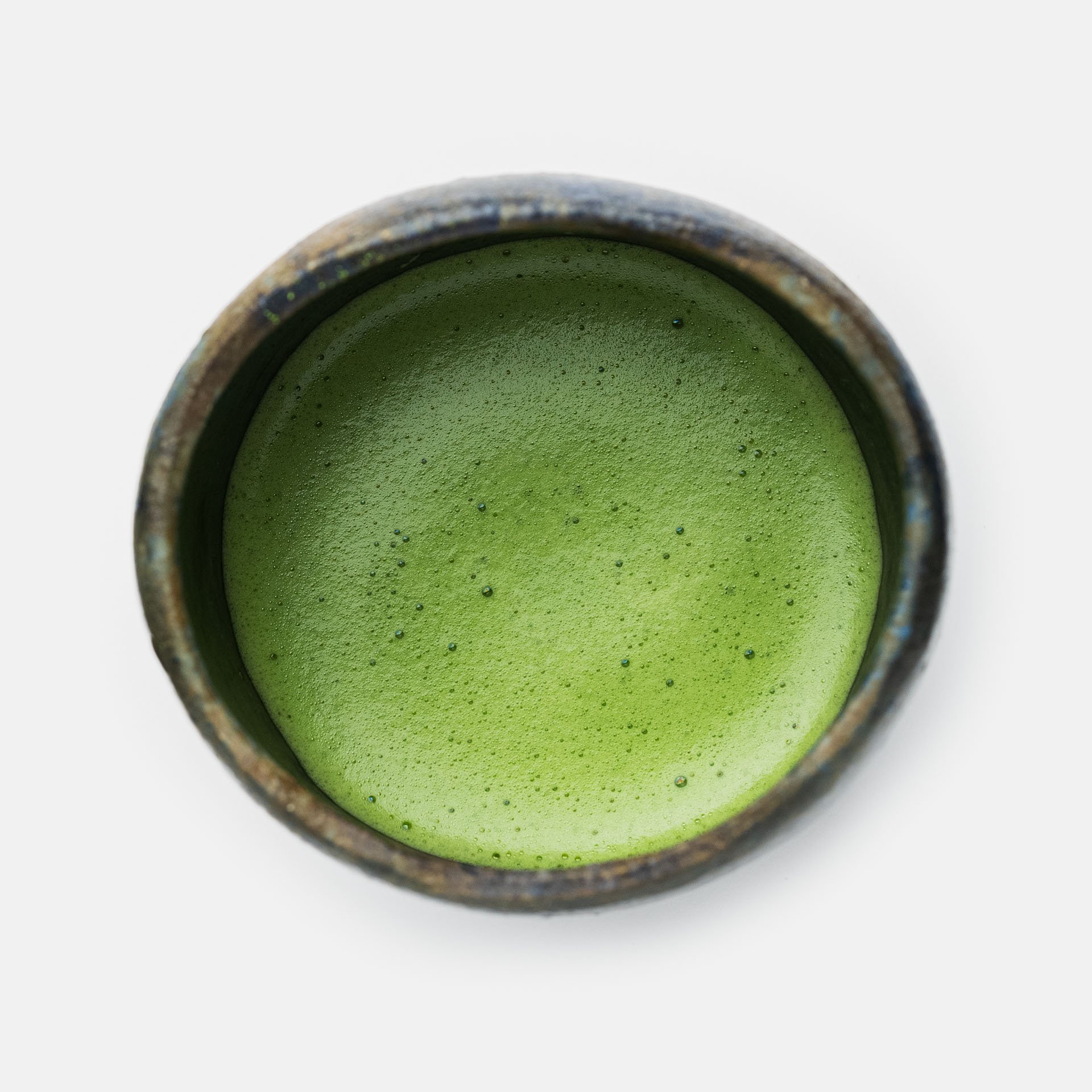About this Matcha
Introducing the new 2024 vintage from the team of Kumaさん and Nakataniさん of Joyomachi, Yame, Fukuoka, Japan. This year's harvest has an unmistakable Chestnut note, which was not apparent in the previous 2023 vintage.
The tea bushes are naturally shaded not just by reed and straw, but also by the canopy of Chestnut trees. These nuts fall into the field, where they become part of the soil. Not all, as the Kumaさん family collects them, making Chestnut treats, which were shade with me on my visit. What an experience!
-
To make a fresh and smooth bowl of Usucha or Koicha, follow our whisking instructions.
-
Long-term Storage: Store unopened Ooika Matcha in the refrigerator. Consume within 6 months.
Room-Temp Short-term Storage: Store opened Ooika Matcha in a cool, dark place away from sunlight. Consume within 3 months.
Refrigerator Short-term Storage: Opened Matcha can be stored in the refrigerator to help maintain freshness, however, the Matcha is at risk of condensation when cooler than ambient air. For this reason, if you choose to store an opened Matcha in the refrigerator, be sure to take the Matcha you need and then immediately place it back in the refrigerator to minimize exposure to the warm air.
Ochairinikki (御茶入日記)
Category Green tea (お茶) |
Subcategory Oishitacha (おおいしたちゃ) |
Cultivar Saemidori (さえみどり) |
Producer Kumaさん |
Terroir Joyomachi, Yame, Fukuoka, Japan |
Vintage 2024 |
Harvest Time Single Spring Harvest (一番茶) |
Harvest Method 100% Handpicked (手摘み, Tezumi) |
Shading Style Traditional Rice Straw (ほんず, Honzu) |
Shading Duration 30 days |
Milling Ishi-Usu (石臼) Stone-Milled by Ooika |
Packaging Cold-stored, oxygen-free bag |
Visit the Farm
OOIKA MATCHA leads the industry with the most precise souring details and transparency. Let’s visit Kumaさん’s farm and see where this Matcha comes from.
Awards
2017 - First-place award in Japan’s National Tea Competition in the Gyokuro category
Sourcing Details
Producer Details
Kumaさん
Joyomachi gained substantial awareness following Kumaさん receiving the highly prestigious first-place award in Japan’s National Tea Competition in the Gyokuro category in 2017.
While Yame is in general a newer tea-growing region when compared to Uji, it’s become notable for its exceptionally sweet and rich tea.
Kumaさん tends to the tea plants, while his partner Nakataniさん oversees day-to-day operations.
The farm is located 350 meters above sea level and originally did not have enough water supply, so a man-made lake was created at Joyomachi.
Nakataniさん
The 4th generation granddaughter to a tea farmer, Nakataniさん helps oversee the day-to-day direction of this legendary Yame farm.
Before the recent Red Tea Renaissance (known as Koucha) in Japan, the duo started producing red tea about 16 years ago.
At at time, red tea in Japan was not popular, and would complain that the prices for red tea were too high. Today, people remark how affordable it is!
This is evidence of how much the market has changed.
Region Details
Joyomachi, Yame, Fukuoka, Japan
Crisp, clean air, surrounded by natural foliage and botanicals. A hill overlooks the field, dropping chestnuts that are picked up by the family of the farmers and turned into delectable sweets.
Few places in Japan capture the natural beauty of Joyomachi.
Previous Vintages
2022 Vintage
Wildflower. Refreshing. Persimmon.
Direct and vivid saturation that foams well. Aroma has a touch of Hii, a toasty aroma, that comes from an additional toasting step done with Yamecha (八女茶), or tea from Yame, Fukuoka, Japan.
As a dry powder, the savory Nori scent is dominant, which relaxes into sweet dried fruit, nearly persimisson once water is added to the tea.
Texturally, the Matcha has a polished broad shoulder, which drapes like damp wool down the edges of the tongue. The flavor is fresh, green, botanical, and politely sweet - characteristic of the Saemidori cultivar itself. It reminds me of wild forested honey.
When brewed as Usucha, the experience is refreshing and quenching, packing a lot of complexity. Part of the advantage of Honzu, or Rice straw shading, is the tea plants are kept cooler - thus growing slower with more complexity.
This concept of cooler tea plants, growing slower, is not exclusive to Matcha - but is also the case with the most legendary Chinese heirloom teas. Excess heat speeds up the plants’ metabolism, reducing the final complexity.
Honzu increases the quality of the Matcha, but at a substantial cost: the labor, time, and expenses to traditionally shade tea with natural materials are vast when compared to the black plastic tarps known as Kanreisha that are typically used.




